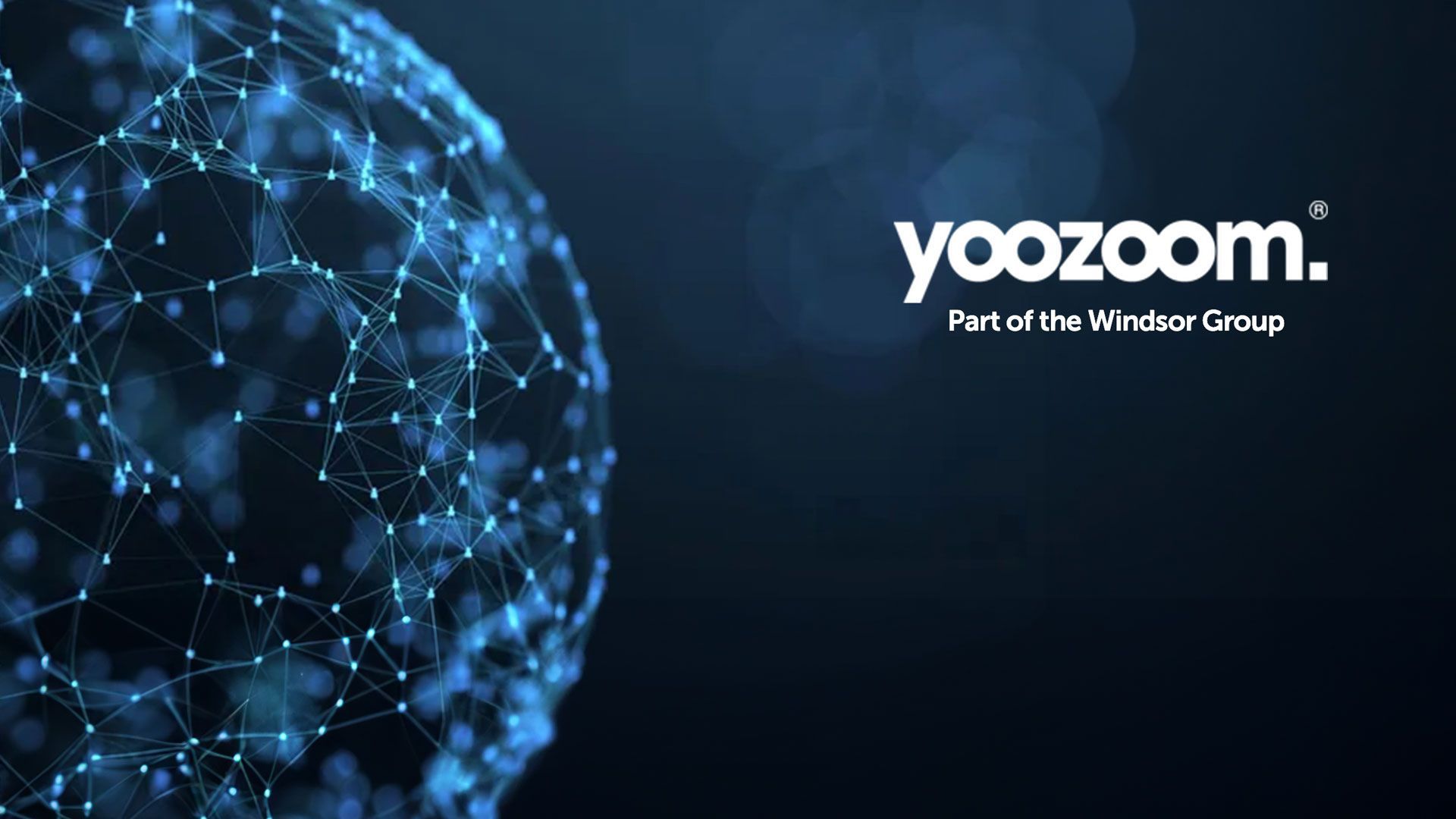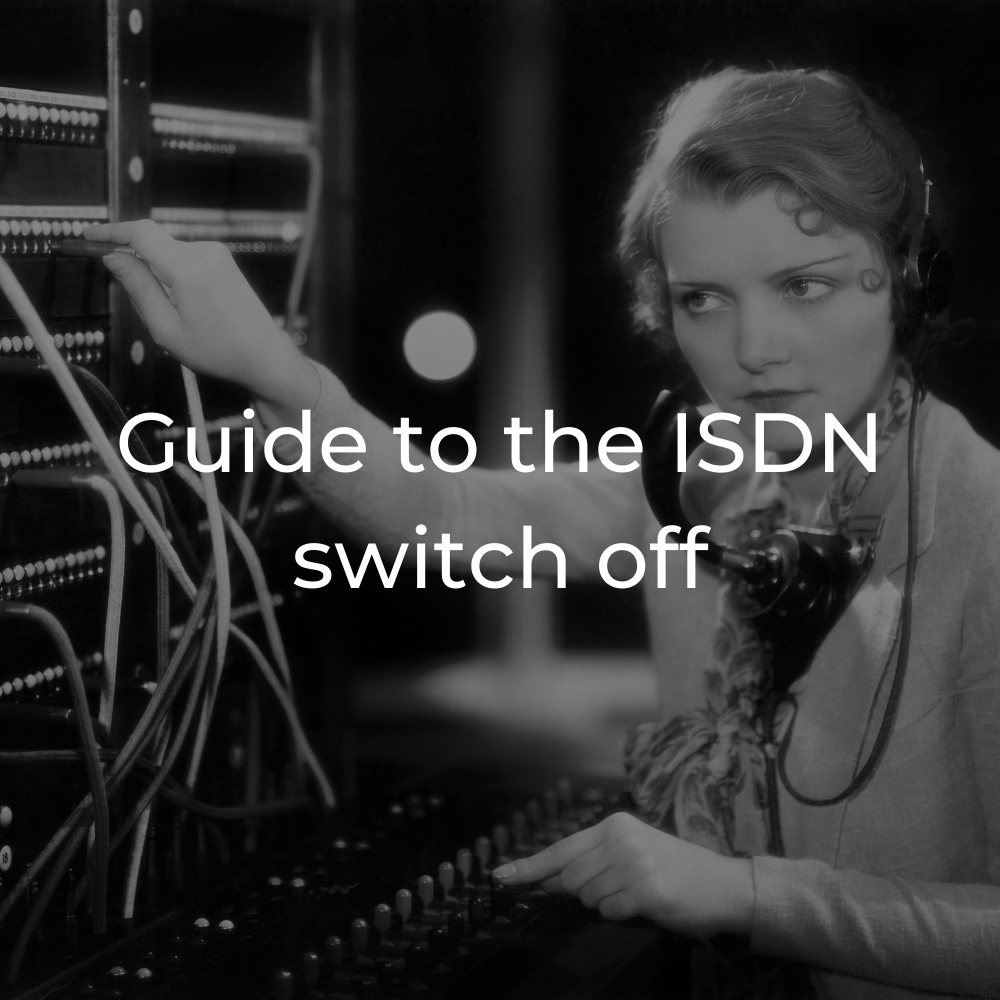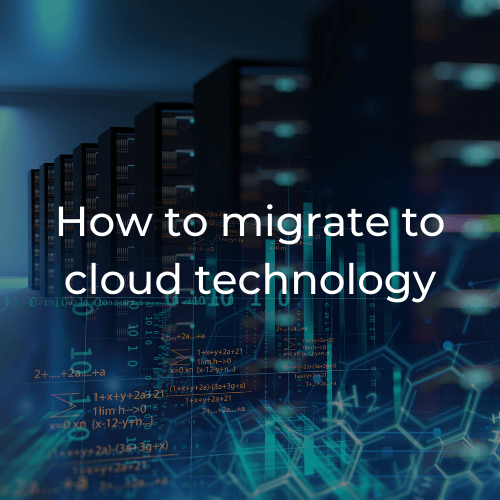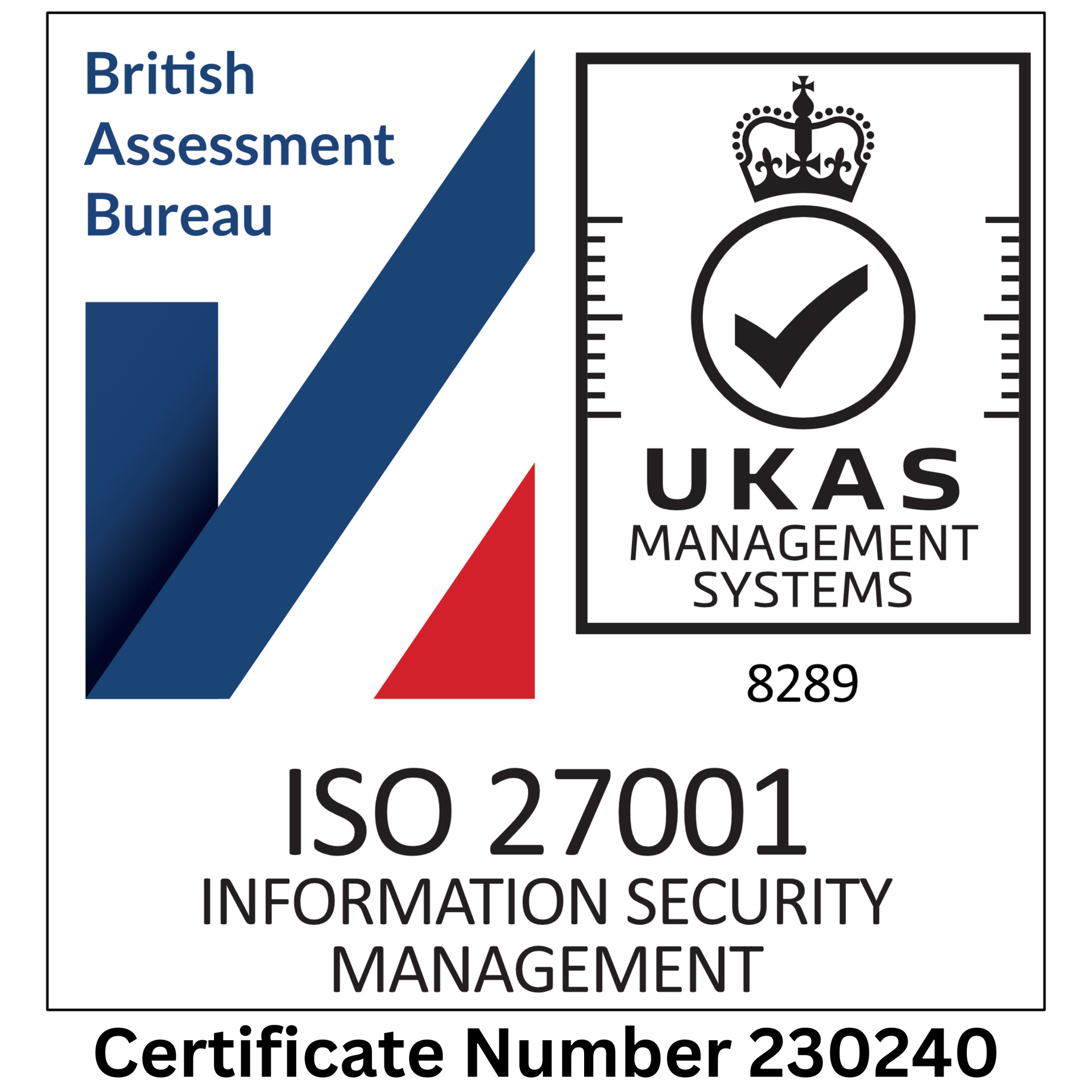Is Your IT Net Zero?
Businesses are over the Western world have a new target to achieve - Net-Zero. Many will look at their operations and the energy they consume as a business but ultimately fail to consider the hidden carbon they are producing just by the sheer act of sending an email or opening a word document.

A quick look over your energy bills tells only a tiny fraction of the carbon story. With many now fully in the cloud, it's worth investigating just how much carbon is produced by "cloud" services. Luckily the most popular cloud services such as Microsoft's Azure & Amazon AWS strive for carbon neutrality.
Microsoft has a whole library of information dedicated to its mission to Net-Zero. Azure, as a part of Microsoft, has been 100 per cent carbon neutral since 2012. This means they are removing as much carbon each year as they emit, either by carbon removal (carbon offsetting) or reducing carbon emissions.
By 2030 Microsoft aims to be "carbon negative". They want to remove more carbon each year than they emit. By 2050, the goal is to remove all of the historical carbon emitted – either directly or by electrical consumption – since Microsoft was founded in 1975. Azure, data centres and sustainable cloud infrastructure are more than just business – they provide an incredible opportunity to give back to the communities.
Azure has committed to focusing on four critical areas of environmental impact to local communities – carbon, water, waste and ecosystems. In a 2018 report, a study found that using Azure services can be up to 93% more efficient than having physical servers. Diving into the detail of this study, the actual energy savings are made by using shared compute resources and higher efficiency hardware, which is tailored for a cloud environment. A physical server, for example, may sit powered on 24/7, and only a tiny fraction of the resources it's capable of using are actually put to use during the day to day activity.
Whereas shared resources compute power can be pooled to many users across multiple businesses within the data centre cloud. It's not all about the cloud, though, when it comes to net zero. There are other factors to consider, for example, the power saving settings on your workstation or laptop. Now, this may sound like small peanuts; however, if you multiply incorrect power-saving settings across an entire company, the carbon that's produced while a machine is on but not being used can add up.
Having the correct power settings enabled company-wide is something that all good IT providers (including ourselves) can help you manage. Using tools such as remote monitoring and management (RMM), we can quickly detect incorrect power settings and apply the proper settings to the correct devices.
Want more information about how we can help your business achieve net-zero? Contact us today.




















